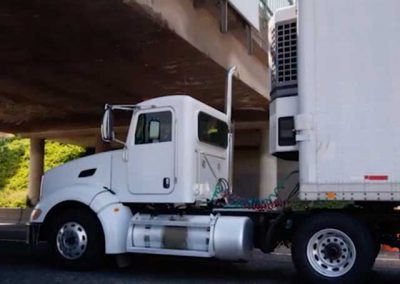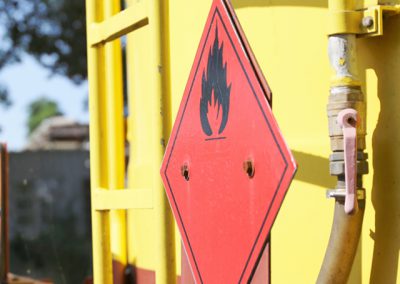FLEET SAFETY ELEARNING COURSES
Driving a motor vehicle is one the most dangerous activities we engage in and we do it pretty much every single day. To make things worse, today’s driver has to work even harder to stay safe by avoiding the temptations of common in-vehicle distractions such as texting, eating and using a GPS. Across most age groups, vehicle collisions are either the #1 or #2 cause of fatalities. Fleet managers should take careful notice. Vehicle collisions are the leading cause of workplace fatalities in the United States, accounting for 22% of all deaths. This translates into three workers dying each day while driving, riding in or working around motor vehicles. It is also well known that on average, 20% of fleet vehicles will be involved in an accident annually. In his article What Manager Accepts a 20% Defect Rate? Fleet Managers Do, Program Manager, Safety Solutions for GE Commercial Finance Fleet Service, Maurice Chenier, says that, “The real cost savings [for fleet managers] occurs when you train your drivers to drive safely.” In fact, Chenier calculates the cost ratio between training a driver and avoiding an accident is a 70-to-1 return on investment, based on the cost of the accident versus the cost of training a driver.
Further examination of vehicle accident data reveals even more compelling reasons to implement a robust driver training program. According to Chenier, at least 40% of fleet accidents are preventable, resulting from driver negligence. On average it costs about $1,848.36 to repair a fleet vehicle involved in an accident. Add other cost components of an accident such as loss of use, liability and workers’ comp, etc., and the overall cost easily exceeds $10,000 for just one incident. And this figure does not even account for the loss of productivity resulting from a driver being taken out of the field. Even more sobering is a fatality, which can cost a fleet $100,000 to $200,000 or more.
But perhaps the most eye opening revelation comes from Fleet Research Quarterly’s Q2 2015 Executive Report, finding that only 13% of fleets employ some type of in-house or outsourced driver safety training program. It is time to take fleet safety seriously.
























































